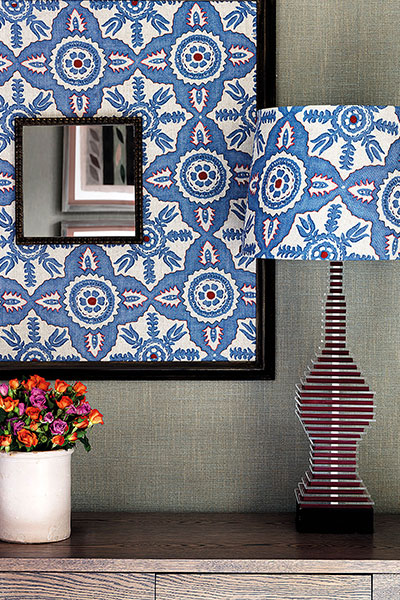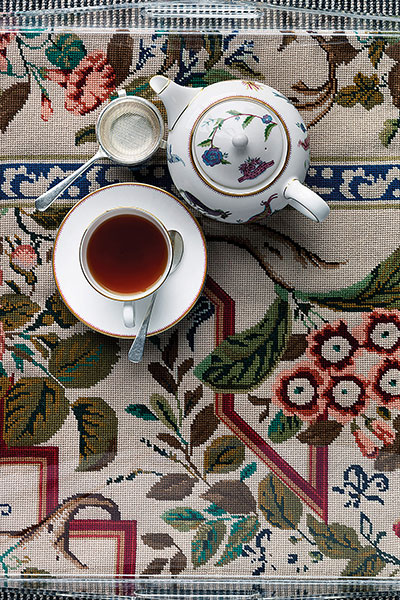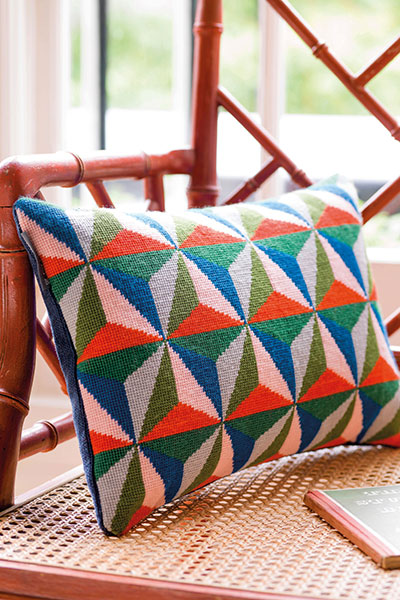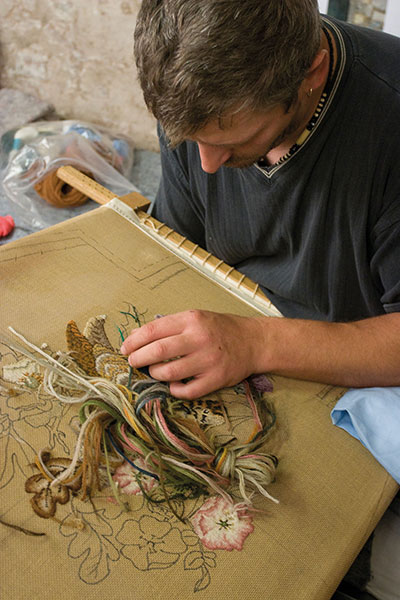Some of the biggest names in British textile design are working with a charity that helps prisoners to rebuild their lives
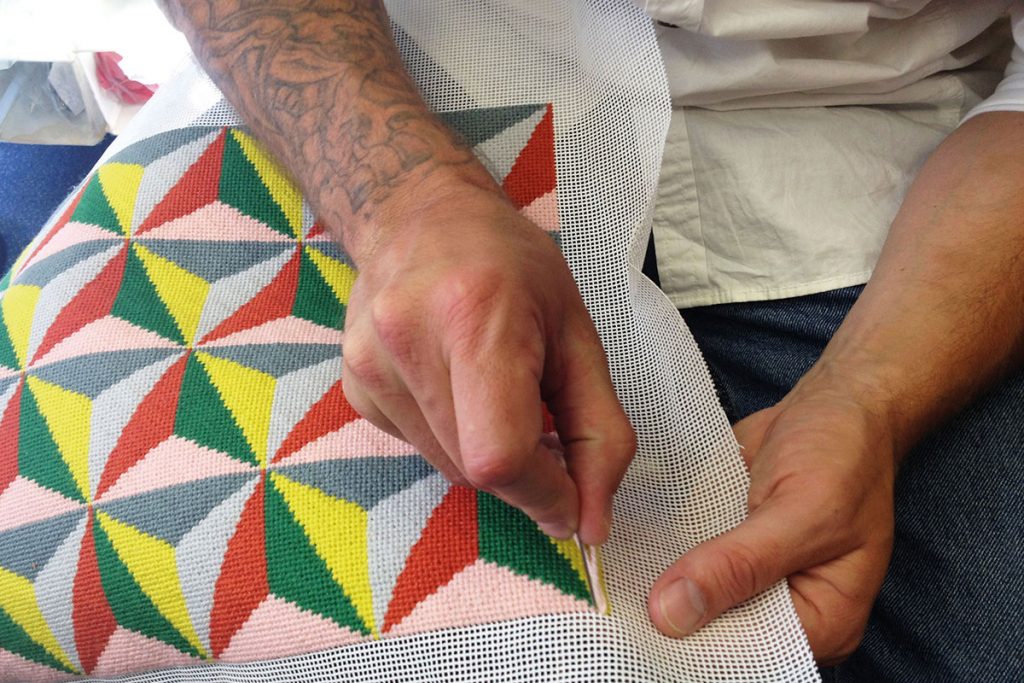
Words Catherine Coyle
Back in the 1960s, when she first began volunteering in prisons, the philanthropist Lady Anne Tree would spend time with inmates who didn’t have any visitors. On one visit to Holloway, the women’s prison in London, she took a piece of half-finished needlework to occupy her as she kept the inmates company.
When some of the women helped her finish it, she was eager to pay them for their efforts – but she wasn’t allowed to: it would be tantamount to letting prisoners ‘profit from their crimes’, according to the authorities. Tree disagreed. She could see the many benefits – therapeutic as well as financial, to say nothing of gaining a skill that could be used once they were released – of teaching inmates needlework.
But it took three decades of campaigning before the government of the day, under John Major in 1992, gave the go-ahead to her scheme, and her charity, Fine Cell Work, could finally get off the ground.
Tree, who died in 2010, had more to offer than just her enthusiasm and her passion for textiles; she had an outlet for the inmates’ work too, via her family connections. Her mother-in-law, the American interior designer Nancy Lancaster, was a director at Colefax & Fowler, giving her access both to top-name designers and to the market.
“Today, it’s an on-going process,” says the charity’s communications manager Katie Steingold. “We have a team of volunteers who go into prisons to teach workshops on needlework. The inmates are provided with kits of varying levels of difficulty that they can work on in their cells. They’re paid a third of the retail cost of everything they make.” A third goes towards the running of the charity and a third to production costs.
The prisoners who take part – both men and women – are often motivated by earning money, adds Steingold, but without passion and a talent for the craft, they wouldn’t be able to sustain the work. “It’s all-consuming,” she says. For those who stick at it, though, there are rewards: “These are really practical, transferable skills, and there’s also an element of mindfulness that’s so valuable.”
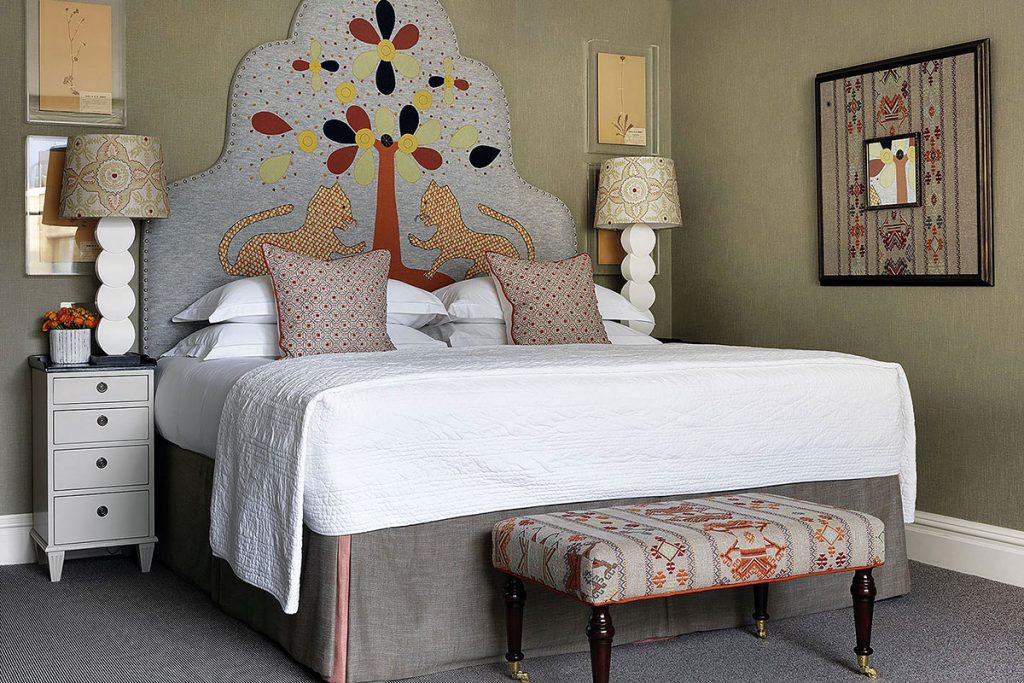
The quality of the needlework has attracted the attention of many of the finest designers in Britain. Collaborations with Cath Kidston and Kit Kemp (who are also Fine Cell Work trustees) and Cressida Bell have given the prisoners the benefit of industry-leading expertise and helped to bring these designers’ work to the public.
Lottery funding helped the charity to launch its Open The Gates programme in 2017, allowing a London workshop to be set up, offering inmates the chance to volunteer, continue their needlework, earn qualifications and undertake employment mentoring once completing their sentence.
“Our apprentices are paid for the work as soon as they’ve completed it – they don’t have to wait for it to sell,” remarks Steingold.
And it’s now easier than ever to make a purchase. As well as an online store, she says, “We have designs on display and for sale in Kit Kemp’s hotels, along with pop-up shops, and we have an exciting art project with Cath Kidston launching this summer.


